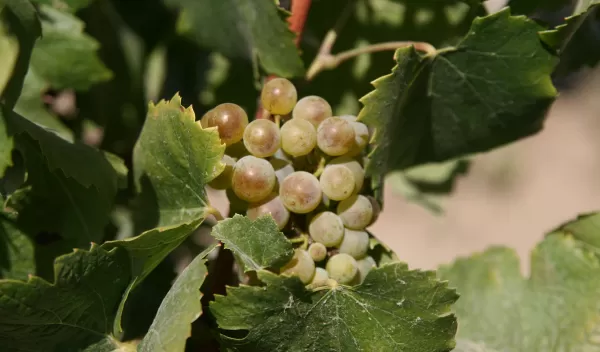
Farmers' climate change conundrum: Low yields or revenue instability
Climate change will leave some farmers with a difficult conundrum, according to a new study by researchers from Cornell University and Washington State University: risk more revenue volatility, or live with a more predictable decrease in crop yields.
As water shortages and higher temperatures drive down crop yields in regions that depend heavily on seasonal snow for water, the choice to use more drought-tolerant crop varieties comes at a cost, according to model projections detailed in the researchers' paper, published in Nature Communications.
The research was supported by the National Science Foundation through its Innovations at the Nexus of Food, Energy and Water Systems (INFEWS) program.
The study examined the Yakima River Basin in Washington, where the availability of irrigation water is controlled by a complex combination of snow, reservoirs and water rights. Water dictates the success of some of the largest crops of wheat, corn, potatoes, pears, cherries, grapes, apples and hops in the U.S. With proper snowfall and melt, total agricultural productivity in the basin can reach more than $4 billion a year.
The research team sought to quantify direct and indirect effects of climate change on irrigated agriculture in the basin. Researchers also wanted to know if drought-resistant crop varieties could help productivity recover during times of drought.
The team found that higher water stress and temperatures led to lower crop yield, as anticipated, said Keyvan Malek, lead author of the study.
"However, the models show that year-to-year variability in expected crop yields goes down because the difference between the best- and worst-case yields is reduced," said Malek. "Year-to-year fluctuations in crop yield revenue are important in how crop insurance programs balance revenue fluctuations."
The researchers argue that the best outcomes for crop yield and revenue volatility should be through a simultaneous improvement in crop varieties -- for example, by preserving agrobiodiversity -- and in water systems, such as through improvements in water-governing institutions and infrastructure.


